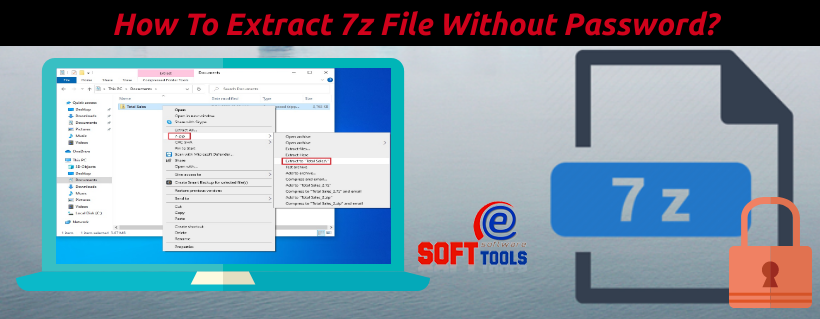
Security vulnerabilities coming up and being fixed are one thing, but to just have these applications run and consume resources and open avenues for attack for no reason is ridiculous. This is pretty inexcusable behaviour I think. I could have uninstalled it at any time, but I never gave it a thought as I didn't use it. I might have installed it manually but I don't recall doing that and don't know why I would've) and auto-ran this thing with a vulnerability that was probably the thing that has cost me a lot in time and money. HBS3 didn't even exist when I got the NAS and it auto-installed (I believe. This could very well have been the way my machine was compromised. I'd never opened HBS3 in my life, but in the event logs I can see it always enabled itself and started an RTRR server regardless. This was going from the previous version from early March () to the current available version that has the vulnerabilities fixed (). This was about 1.5 hours before I even knew the attack had happened which is why I'd forgotten that HBS3 was not up to date at the time in my earlier posts. In the logs I found that I updated HBS3 after I restarted the NAS when the ransomware attack was occurring. that would be really really bad for a nas company. However, I did not use nor configure neither have ever opened HBS3, so I don't know if it was just enough you had the app sitting there. wait and the files would be recover in folders named 'recup_dir.X' on the shareīig thanks to the guys of and Tobias Vorwachs ( ) for the help!Įdited by mai2vin, 22 April 2021 - 12:39 PM. chosse the directory you want on the share (if you follow exactly the steps, you only need to select once '.' and after it press c)ġ5. choose the /dev/mapper/cachedev1 disk (it should be the disk from step 8)ġ4. At me it was ' /dev/mapper/cachedev1' (You can use df -h for it) and note itįilesystem Size Used Available Use% Mounted on Untar testdisk, go to the directory and change the permissions of the executableĨ. look for your architecture (uname -a) for i386 or x86_64 Sudo mount -t cifs -o user= /// /mnt/rescue-shareĥ. (Confirm it with 'Y') You should get a shell. After Login you get an screen with some option.

You should use ypur admin credentials to login.ģ. Login over SSH (Putty on Widows) on your NAS.

#FORGOT MY 7Z PASSWORD PASSWORD#
You should use your Windows Account with a password (if your account haven't one, create it. Create a samba share on your windows computer (yes it should be work on linux or macOS but I didn't tried it) You need to have access the ssh terminal of your QNAP NAS (you can activate it over the GUI it doesn't change your data)ġ. The files are deleted after archiving and encrypting with 7z and exists in the not allocated space of your disk.

MAKE SURE THE NAS IS NOT AVAILABLE IN THE INTERNET, DELETE ALL EXPOSED HOST RULES ON YOUR ROUTER 7z files (or any other method to retrieve the lost data).įIRST: NO WRITING/CHANGE/DELETE/CRTEATE FILES AFTER ENCRYPTION ATTACK using TestDisk to actually scan the specific. Mai2vin, this could save a lot of people if it can be a method everyone is able to apply.Ĭould you explain how you specifically achieved this? I'm a bit stuck at:Ģ. The files and pictures are there without any problems. Because of that, the tool has the possibility to restore the files from the sectors.

So the source file is deleted and will be compressed to the 7z archive. The perpetrator has archived the files to 7z.


 0 kommentar(er)
0 kommentar(er)
